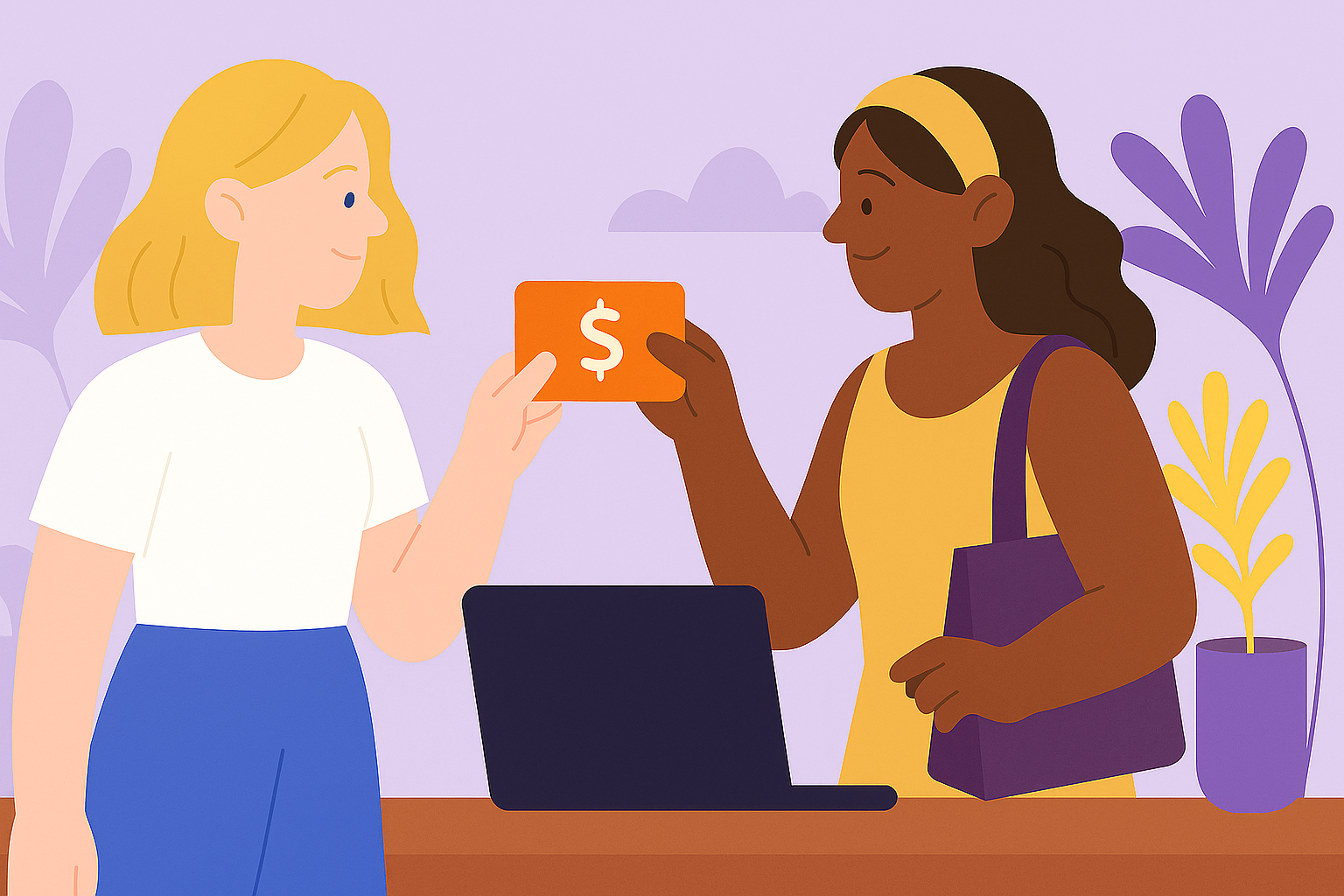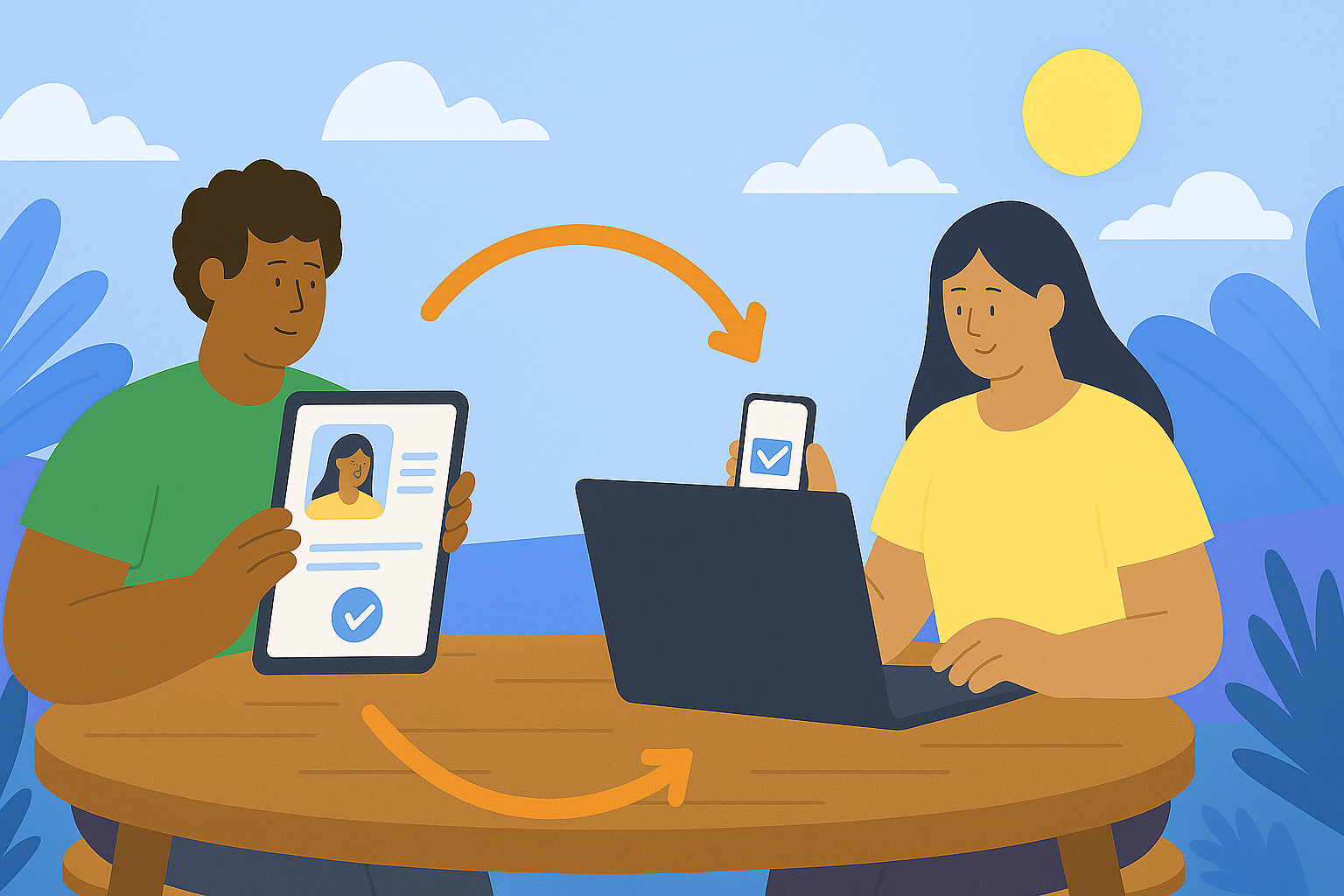
It's the inevitable next phase of online shopping and brand exposure. With the lightning-fast immediacy of e-commerce combined with the lifestyle and community emphasis of social media, live shopping has begun to ingrain itself within the world's online shopping habits. The strategy offers an ideal solution for marketing brand engagement.
The trend began taking hold in October of 2019 and then cemented itself during the pandemic when, even with the anticipation of shipping delays and logistics hurdles, buyers congregated online for the interaction and connection of a live item shop.
What's live shopping? Throughout China and North America, customers have grown naturally accustomed to allowing influencers into their daily lives. Like a favorite movie star, news anchor, or consultant, we know these figures as brand marketers, but rather than serving as distractions or icons of narcissism—we understand they provide an instrumental brand marketing solution. They're responsible for moving millions of dollars in products and services across industries.

Live Shopping — An Essential Part of Brand Performance Marketing
Your shopping influencer will announce to their followers that they plan to "go live" at a particular date and time on a particular platform—chiefly Instagram, TikTok, and sometimes YouTube. Behind the scenes, brand marketers have coined the term "live shopping" for this event with the understanding that, for these events, the creator or influencer will become the face of your brand engagement. They will go live on their respective platform and create a buying opportunity where recommendations, selection, and payment all happen within the same designated time frame.
During the course of the influencer shopping live session, the influencer will typically walk the audience through the product or services they are promoting and present a special offer for everyone in attendance. Onscreen, the influencer will supply a link that allows buyers to directly purchase from the brand—immediately, on the spot, with streamlined simplicity. The TikTok shopping cart is ready to go.

The appeal of a live shopping experience is the ability of the host influencer to communicate with their audience, live and in-the-moment. During live shopping, influencers talk about the product, share their experience with the brand, tell stories, and convey their enthusiasm for the items or services. At the same time, they are also relating to their audience through the streaming comments. Customers might be sharing their own experiences, offering feedback, announcing their excitement, and generally sounding off in the comments that scroll live for everyone to see.
Skilled influencers strike a balance between discussing the product and also taking in the comments as they come through—often reading, responding, and commenting as they go. The setup is similar to a classroom or boardroom presentation where the influencer is like an instructor who always has the floor but also retains the ability to lead a discussion, allow for questions, and shape a group dynamic that becomes compelling for all participants. Customers feel a sense of identity and group unity as they share and take part.
Making the Most of Influencer Talent
Many brands have risen to the top of their fields on the strength of the customer community that spreads the word on the value of a particular item. This is true for everything from Knix, an innovative Canadian lingerie brand that saw the advantage of a direct-to-consumer approach, to Gymshark, the gym apparel brand synonymous with muscle heads who vouched for the clothing and propelled its sales almost entirely on Instagram.
Whether people want to shop domestically on Instagram or engage with brands from other countries, what's the best way to handle a live setup? Ultimately, this is an evolved version of those lucrative Tupperware parties housewives held in the 50s. You're not reinventing the wheel here, but as a marketer, you want to do everything you can to set up all sides of the operation for maximum success.
To start, you want your brand marketing recruitment efforts to zero in on the perfect influencers to partner with. You will enlist, lead, and compensate these individuals who are effectively serving as an extension of your sales department. With the right players in place, you want them to understand that you're there for them and invested in your joint success.
That 10% discount code you extend to customers through your influencer partners will create a sense of excitement and exclusivity among fans of the affiliate. The live shopping session will be like a next-level opportunity for influencers to rally their following for sales. Rather than one-off posts or brief stories related to a particular product, your influencer will create a real-time live shopping experience by integrating elements like chat, polling, gamification features, and providing the ability for followers to purchase on the spot without ever being directed away from the particular social channel.
With an influencer speaking directly to them, extolling the features of the brand, customers get on board pretty quickly. Couple this engagement with the urgency of a live or limited-time buying window, and the real-time purchases will sky-rocket.
Understanding Quality Over Quantity
We're entering a phase where the Micro-Influencer and the Key Opinion Seller have a particular sway over a customer base. These figures attract a smaller but highly passionate portion of your target demographic. Although they aren't household names, these particular influencers talk directly to that group of repeat buyers who are ravenous for your brand offerings.
Of course, celebrities and high-level celebrity influencers serve as powerful allies in your marketing campaigns. But however glamorously they endorse a particular project, many consumers quickly catch on to their limited expertise. Somewhere in the digital age, our brand consciousness has evolved to understand that, although he's touting his Calvin's, Shawn Mendes is not a true denim connoisseur. As much as Jennifer Anniston seems to love her SmartWater, could she tell you whether or not it's remineralized after distillation?
This is where small-time influencers give you an advantage. When you're tapping into the following of an outdoor sportsperson who actually understands fishing line, fire kindling, and hiking boot construction boots—or the stay-at-home mom who actually tries two dozen of products before settling on her cleaning solvent of choice—these people come with the complete credibility to drive engagement and sales. Moreover, they lead the kind of lives, encounter the kind of problems, and have the kind of bodies most customers can relate to. For followers, that aspirational lifestyle seems more within their reach, and they look forward to hearing from someone who has made a point of immersing themselves in the topic at hand.

A Key Opinion Seller offers next-level credibility due to their wide-ranging expertise in the field, skillset, or subject area related to a product. A Key Opinion Seller becomes a Key Opinion Leader as they develop their authority further and give you access to a sizable community of followers. Because of their knowledge base and vetted track record, a stable of strong KOSs or KOLs should be a crucial part of your live sales landscape. Don't expect the same volume of traffic you'd get from a major influencer, but the audience they do pull tends to be the diehards and superfans already primed to convert. Some data even shows KOS hosts boasting a conversion rate of 10.5% as opposed to the 0.61% of an average influencer. A brand like Lancôme actually made marketing strides during the pandemic simply by promoting products to the small but eager audience of the company's own internal staff, a clear indicator of how buyers are prioritizing field expertise.
Making Influencers Part of a Brand's Family
Marketers want to find those influencers whose brand is compatible with their own. You then want to equip them to be stewards of your public reputation and the presentation of your product or service. Nowhere will this compatibility be more on display than in a live shopping scenario where customers are interfacing directly with the influencer and discussing the brand in an online group setting while racking up purchases.

Whether a major influencer or micro-influencer, you want to work with someone who can naturally speak to the attributes of the brand, who is comfortable on camera, and is actually interested in improving the lives of the brand's customers. Personalization is the key to everything. This is why marketing pros recommend that brands start small, begin by mastering the logistics of a few live shopping events, and then proceed to scale. You should court influencers who have a history with your brand or a track record repping similar brands or products and an ability to speak off-the-cuff.
Establishing a mix of major influencers and micro-influencers or KOSs is the key to powerful live shopping events—a strategy many brands have been working to deploy, including Dermalogica and L'Oréal. This approach encourages both a worthwhile volume of traffic alongside a measure of reliable sales that get products out into the world and generate the word-of-mouth that keeps customers coming back for more. Many brands beyond Lancôme have actually taken to designating Key Opinion Sellers who work from within and, even with a small audience, speak directly on the strengths of the products and the brand, with the ability to address any question or concern that might come up.
A Few Tips and Best Practices
With live shopping, the level of convenience for brands and buyers is unmatched. Rather than use an outside app, your influence can simply embed a link to your online store on whatever platform they're using. Buyers can stay on the website or social media page and remain engaged with the activity. If you offer your influencer a percentage of the sales, they will be directly incentivized to pull out all the stops and position themselves and your brand for the best possible showcase during the live shopping. These are some tips to make the most of these occasions.
1. Make sure your influencer says what you want them to say.
In your partnerships, you can ask your influencers to hit certain points during the course of their live shopping. Do your part to ensure they are thoroughly briefed on the product and that you have established which points you want to highlight. Even if they are familiar with your brand, you might have new points you want to cover and new aspects you want to emphasize, so be sure to let them know.
2. Expect a different experience between your KOSs and influencers.
We've discussed the way these two entities differ. Your KOS is like the tenured professor who has spent their life devoted to a particular discipline. They will be the knowledge base for customers who want to pick their brain—but they might bring all the razzmatazz of an influencer. It's fine if they're not overflowing with charisma. They are there to provide answers and express their expertise. Influencers, on the other hand, are more like recruiters, bursting with personality and energy. However, they may not be in a position to answer every question they encounter and will refer customers to contact your team directly.
3. Your live shopping hosts will get better as time goes on.
Long-term relationships form a crucial component of the live shopping experience. The more your KOSs and KOLs get comfortable in front of the camera, and the more your influencers learn the ins and outs of your offerings, they will be able to speak to the strengths more adroitly and authoritatively in the future. You want to work to develop an ongoing partnership that allows these individuals to grow in their roles.


.png)


